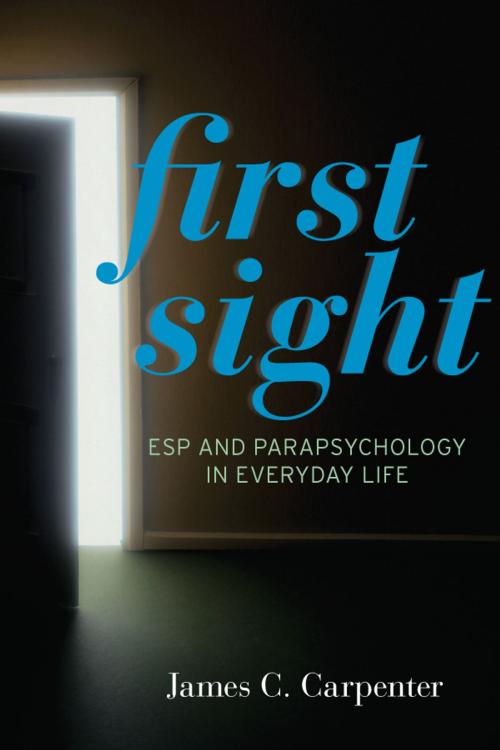First Sight
ESP and Parapsychology in Everyday Life
Nonfiction, Health & Well Being, Psychology, Creative Ability, Neuropsychology| Author: | James C. Carpenter | ISBN: | 9781442213920 |
| Publisher: | Rowman & Littlefield Publishers | Publication: | March 23, 2012 |
| Imprint: | Rowman & Littlefield Publishers | Language: | English |
| Author: | James C. Carpenter |
| ISBN: | 9781442213920 |
| Publisher: | Rowman & Littlefield Publishers |
| Publication: | March 23, 2012 |
| Imprint: | Rowman & Littlefield Publishers |
| Language: | English |
Often seen as supernatural, unpredictable, illusory and possibly dangerous, ESP, telepathy, clairvoyance and other parapsychological activities are actually happening all the time and help us make sense of everyday experiences. First Sight provides a new way of understanding such experiences and describes a way of thinking about the unconscious mind that makes it clear that these abilities are not rare and anomalous, but instead are used by all of us all the time, unconsciously and efficiently.
Drawing upon a broad array of studies in contemporary psychology, the author integrates a new model for understanding these unusual abilities with the best research in psychology on problems as diverse as memory, perception, personality, creativity and fear. In doing so, he illustrates how the field of parapsychology, which, historically, has been riddled with confusion, skepticism and false claims, can move from the edges of science to its center, where it will offer fascinating new knowledge about unmapped aspects of our nature. The author demonstrates that the new model accounts for accumulated findings very well, and explains previous mysteries, resolves apparent contradictions, and offers clear directions for further study. First Sight also ventures beyond the laboratory to explain such things as why apparent paranormal experiences are so rare, why they need not be feared, and how they can be more intentionally accessed. Further study of this theory is likely to lead to a “technology” of parapsychological processes while drastically revising our conception of the science of the mind toward a new science more humane and more replete with possibility than we have imagined in the past.
Often seen as supernatural, unpredictable, illusory and possibly dangerous, ESP, telepathy, clairvoyance and other parapsychological activities are actually happening all the time and help us make sense of everyday experiences. First Sight provides a new way of understanding such experiences and describes a way of thinking about the unconscious mind that makes it clear that these abilities are not rare and anomalous, but instead are used by all of us all the time, unconsciously and efficiently.
Drawing upon a broad array of studies in contemporary psychology, the author integrates a new model for understanding these unusual abilities with the best research in psychology on problems as diverse as memory, perception, personality, creativity and fear. In doing so, he illustrates how the field of parapsychology, which, historically, has been riddled with confusion, skepticism and false claims, can move from the edges of science to its center, where it will offer fascinating new knowledge about unmapped aspects of our nature. The author demonstrates that the new model accounts for accumulated findings very well, and explains previous mysteries, resolves apparent contradictions, and offers clear directions for further study. First Sight also ventures beyond the laboratory to explain such things as why apparent paranormal experiences are so rare, why they need not be feared, and how they can be more intentionally accessed. Further study of this theory is likely to lead to a “technology” of parapsychological processes while drastically revising our conception of the science of the mind toward a new science more humane and more replete with possibility than we have imagined in the past.















